What's changed in Cycling? 2000 - 2010
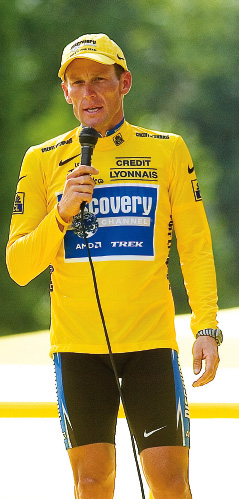
“Whether it be his angry speech in 2005 or The Comeback, Armstrong has divided and ruled”
As the most turbulent decade in cycling’s history draws to a close, we look back at the difficult journey and assess what progress has been made.
Words Lionel Birnie
Photos Graham Watson, Yuzuru Sunada
Action images Phil O'Connor, Andy Jones
The turn of the century brought a sense of cautious optimism in the world of professional cycling, an opportunity to turn a new page and embrace change. Eighteen months had passed since the Festina Affair, which finally ushered into the public domain what had long been suspected, that some teams were gripped by institutional abuse of a blood-boosting drug which made races harder, recovery faster and opened a chasm between those who took it and those who chose not to that simply could not be spanned by sticking to permissible methods. That scandal had persuaded the French to make doping illegal, and other countries followed, but instead of forcing professional cycling to realise once and for all that the future would have to be negotiated without recourse to banned substances and illicit practices, ‘preparation’ continued out-of-house and was forced deeper underground.
At the beginning of the year 2000, Laurent Jalabert was the world number one, Lance Armstrong had just one Tour de France title to his name, a relative unknown called Oscar Freire was just getting used to being referred to as the world champion, and Marco Pantani was talking about making a comeback after the indignity of being kicked out of the Giro d’Italia when just a couple of days away from a comfortable victory. Yes, it all feels like a long, long time ago.
Hein Verbruggen still had six years in the UCI presidency before his deputy Pat McQuaid was elected in his place. Manolo Saiz ran ONCE-Deutsche Bank, one of the most powerful teams in the world, and spoke openly about the effectiveness of mid-season training blocks called ‘active rest periods’. There was no validated test for EPO, no biological passport, or ‘whereabouts’ programme, and out-of-competition dope testing was almost unheard of. No one outside the Kelme team cared who Dr Eufemiano Fuentes was. And everyone knew the consequences of being caught with their haematocrit level over the permitted 50 per cent – a couple of weeks on the sidelines and a ‘tut-tut, how careless of you’. How naive we were.
No one wore yellow Livestrong wristbands. There was no ProTour, or early-season trips to Qatar or California. The idea of a global positioning system for cyclists was a pipe dream. Campagnolo was on the verge of introducing a 10-speed groupset, with most people wondering whether it was really necessary. Mavic’s experiment with electronic gear-shifting suggested no one would bother going down that route again. No one wore compression socks or ice vests. It wasn’t even compulsory for riders to wear helmets in races, except in Belgium and a couple of other places. Mark Cavendish was a 14-year-old boy on the Isle of Man who had just started racing a bike and Alberto Contador was riding for a youth team run by Saiz.
Get The Leadout Newsletter
The latest race content, interviews, features, reviews and expert buying guides, direct to your inbox!
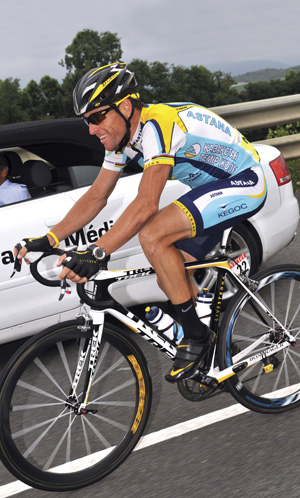
Here’s Lance
At the turn of the decade, Lance Armstrong was far from the global superstar he was to become. With Marco Pantani and Jan Ullrich absent from the 1999 Tour de France, many felt Armstrong’s victory would be proved a flash in the pan. How wrong they were. Armstrong’s profile grew, slowly at first, but inexorably until he was a behemoth looming over the entire sport when he retired in 2005. Cycling became Lance and Lance became cycling. It was impossible to separate the yellow jersey from his yellow wristbands. They were more than symbolically intertwined. Mellow Johnny, maillot jaune, the lines were blurred. They were one and the same. Casual observers attracted to the sport thought Armstrong owned the yellow jersey.
Think back to the defining moments of the decade and Armstrong figures in most of them. Together with Johan Bruyneel and his team, he redefined the style of racing in the Tour de France, assembling a line-up of such power that the opposition could offer little resistance when they massed at the front to set their awesome pace. Then the spotlight would be switched onto Armstrong and he would launch his solo attacks. Like all the hegemonies in sporting history, everyone knew what was going to happen, but they could do little about it. Armstrong wrote the script, assembled the supporting cast and took the lead role himself. What were the others doing there? At times it seems they had about as much influence on proceedings as the audience.
Whether it be the look he gave Jan Ullrich on Alpe d’Huez in 2001, the cross-country detour he took following Joseba Beloki’s crash two years later, his angry speech on the podium in Paris in 2005, or The Comeback, Armstrong has divided and ruled. He made enemies of those he needed to demonise, he sparked conflict when it suited him, and made a friend in Ivan Basso when he needed to quell any thoughts the Italian may have had of being an aggressor. Watching the documentary Overcoming and seeing Basso speak to Armstrong on the phone during the Tour at a time when he was wrestling with the news his mother had been diagnosed with cancer is hugely revealing about the scope and breadth of Armstrong’s influence, as was his donation to the UCI so that the governing body could invest in a Sysmex machine to aid the anti-doping effort. Armstrong transcended the sport. He was, and remains, much more than a mere competitor. He can do and say what he likes, and the rest are still careful not to provoke his ire.
However, even Armstrong’s detractors must accept the incredible rise in cycling’s popularity sparked by his domination. It is no wonder that the UCI and ASO, who have sought to increase revenue for a sport that has no direct income from the fans on the roadside, have been delighted by his return. For many Armstrong is an inspiration, a legend to rival Muhammad Ali in the annals of sporting greatness.
While Armstrong floated serenely over the controversy, squabbling and in-fighting, the rest of the sport came perilously close to imploding several times during a decade that lurched from one scandal to the next, each time with the promise that Things Were Getting Better, each time offering us new icons to believe in, most of whom would ultimately disappoint.
Roll up, roll up
Cycling has always been a bit like a Victorian circus. The audience has always suspected that nefarious practices lay at the heart of its success and appeal, but they were willing to overlook that as long as they were entertained and the protagonists were happy to participate. And the media, for so long complicit in telling the story the sport and its sponsors wanted to tell, feeding the public a compelling and exciting narrative they wanted to follow, played along.
The Festina Affair forced the fans to go backstage and confront the squalid conditions. And it was ugly. But it was only a few bad apples. And it would be rooted out. It would not be tolerated. It would be stopped. That’s what everyone said.
More importantly, the Festina Affair removed the comfortable cloak of naivety that enabled the public to be carried along with excitement of it all. Where once there was joy, now there was cynicism. That which was once celebrated was now questioned. If They were on it, what about Everyone Else?
Together with that came a sense of injustice, that certain people were being singled out, that rules were applied depending on status and nationality. More worrying was the feeling that the UCI didn’t really know what to do about it, beyond the rhetoric.
Unfortunately, the Festina Affair did not herald a fresh beginning; it marked only the start, because cycling was not really willing to change. By all means, change appearances, be more careful, stop ferrying drugs and syringes and transfusion kit about in marked team vehicles, but not actually change. The same old practices were driven underground. In adversity came opportunities for some. Team doctors could go freelance and charge much more for their services. The sport’s moral compass had been affected by the magnetism of doping for too long to know which was north any more.
But something had changed. Laws, for a start, meant that those intent on doping were now standing with one foot in the flame at all times. The public was not so naive any more and the media was unable to turn a blind eye. The World Anti-Doping Agency was in its infancy and saw cycling as the ideal clean-up project. Whether intentionally or not, the ills of all sport could be laid at cycling’s door and WADA would look tough and effective.

Lost hopes
It is sobering to think that of the world’s top 30 ranked riders at the start of the decade, three are dead. Marco Pantani, Frank Vandenbroucke and Jose Maria Jimenez all used drugs and battled depression and they died after periods of internal turmoil. Cycling, a sport for the physically strong, does not know how to cope with those who show any sign of mental weakness, and so they are cast aside. In each case, the haste with which the sport is able to mouth its words of sympathy and move on is quite shocking. It’s as if we’re all too frightened to stop and think about what these early deaths mean for the health of the sport to actually ask. Just as depressing is that of those top 30 riders, at least a dozen have tested positive or served a suspension for an anti-doping offence of one sort or another at some time in their careers. Even though more than half have never tested positive it is still a staggeringly high failure rate, an indication that it wasn’t the case of a few bad apples, but a rotten orchard with a smattering of healthy trees.
Operacion Puerto was even more devastating than the Festina Affair because it ruthlessly exposed an unwillingness to change. Again it involved some of the biggest names in the sport and the same denials and then excuses were offered. Standing on the grass between the CSC hotel and the conference centre in Strasbourg the day Dr Fuentes’s list of clients came out, with Ivan Basso’s name on it, along with Jan Ullrich and a host of other riders who were just a couple of days away from starting the Tour, it occurred that the best solution would have been to cancel the race completely and start from scratch. That would have sent out a clear, unavoidable message. But obviously there was too much at stake for that. The show must go on. Just a few bad apples.
And then came Floyd Landis, with his crumbling hip and his Hollywood script. He was beaten, out of contention and in the mood only for a few consolation beers and a glass of Jack Daniel’s until he fought back brilliantly, heroically. If it were a movie you would have dismissed it as cheesy but great entertainment. Except just as the credits were preparing to roll there was a horrible twist, one you had considered a possibility but dismissed because they surely wouldn’t have ended the entire movie on such a downbeat note. Instead, Landis’s positive test for testosterone use forced you to dismiss everything you’d just watched.
Finally there came a serious reaction from the UCI. The biological passport was tentatively unveiled, along with a programme of comprehensive targeted out-of-competition testing. These twin weapons stepped on the toes of those who felt their rights were being infringed, but they had become a sad necessity.
Michael Rasmussen was caught out trying to disguise his whereabouts. The Dane’s downfall came at the worst possible time — while he was in the yellow jersey at the Tour. He’d declared that he would be in Mexico, where his wife is from, while he was in fact training in Italy. The accusation was that he knew he’d be far less likely to receive a visit from the dope testers in Mexico, but he didn’t want to travel there to train at a crucial point in the season. An imposition and a discomfort it may be, but there can’t be too many reasons for wanting to give misleading information to the anti-doping authorities. Any suggestion that it was a simple mistake was discredited when Rasmussen claimed he had updated his details in a conversation with Anne Gripper, a good number of months before she even started work with the UCI.
Still the fall-out from Operacion Puerto is toxic, the origins of the scandal and their seriousness somehow lost in the mists of time. Still there are positive tests. More bad apples rooted out, and perhaps each one really does represent progress. Riders serve their ban and return to the sport better versed in what to say and, we must hope, better educated about their conduct. There are some beacons of light and hope but they remain the minority, which seems flabbergasting considering the damage that has been done to the sport’s reputation in the past 10 years. Sadly, the scale of the abuse means that nothing can be taken for granted.
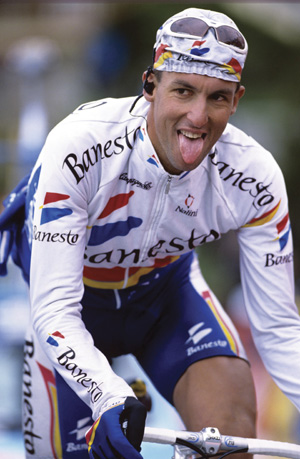
What good times?
Stop writing about doping. Write about the great performances that have lit up a memorable decade. Where do you start? For example, what sort of appraisal can you give a race like Liège-Bastogne-Liège, whose winners in the past decade include Oscar Camenzind (positive for EPO in 2004), Tyler Hamilton (positive for a banned blood transfusion in 2004),
Davide Rebellin (positive for CERA in 2008), Alexandre Vinokourov (positive for a banned blood transfusion in 2007) and Danilo Di Luca (positive for CERA in 2009)? And that’s without even mentioning Alejandro Valverde, twice a winner, still embroiled in a Court of Arbitration for Sport case pertaining to Operacion Puerto. Half of the decade’s winners in the oldest and most prestigious one-day race on the calendar have been kicked out of the sport. That may, or may not rise to 70 per cent, if CAS upholds the Italian Olympic Committee’s case on Valverde.
Too often a great performance has had to be re-evaluated in the light of a new scandal or a positive test, and that is the most disappointing aspect about the decade. It may have been possible to suspend disbelief in the second half of the 1990s, but that is no longer an option.
And yet, those people who are passionate about the sport are unable to cut their ties with it, regardless of the setbacks and letdowns. Despite the political wrangles, the lack of clear and decisive leadership, and the need for a detailed knowledge of international law to follow many of the developments, we refuse to give up. As a new decade begins, there is plenty of reason to be optimistic.
Things will get better.
Recommended Reading
The decade in doping: Drugs in Cycling 2000 - 2010

Thank you for reading 20 articles this month* Join now for unlimited access
Enjoy your first month for just £1 / $1 / €1
*Read 5 free articles per month without a subscription

Join now for unlimited access
Try first month for just £1 / $1 / €1
-
 Gear up for your best summer of riding – Balfe's Bikes has up to 54% off Bontrager shoes, helmets, lights and much more
Gear up for your best summer of riding – Balfe's Bikes has up to 54% off Bontrager shoes, helmets, lights and much moreSupported It's not just Bontrager, Balfe's has a huge selection of discounted kit from the best cycling brands including Trek, Specialized, Giant and Castelli all with big reductions
By Paul Brett
-
 7-Eleven returns to the peloton for one day only at Liège-Bastogne-Liège
7-Eleven returns to the peloton for one day only at Liège-Bastogne-LiègeUno-X Mobility to rebrand as 7-Eleven for Sunday's Monument to pay tribute to iconic American team from the 1980s
By Tom Thewlis
-
 French cyclist given 10-month suspended prison sentence for doping
French cyclist given 10-month suspended prison sentence for dopingMarion Sicot said doping formed "an integral part" of cycling
By Tom Davidson
-
 French cyclist faces suspended prison sentence and €5,000 fine in doping trial
French cyclist faces suspended prison sentence and €5,000 fine in doping trialMarion Sicot, who admitted to taking EPO in 2019, is currently on trial in France
By Tom Davidson
-
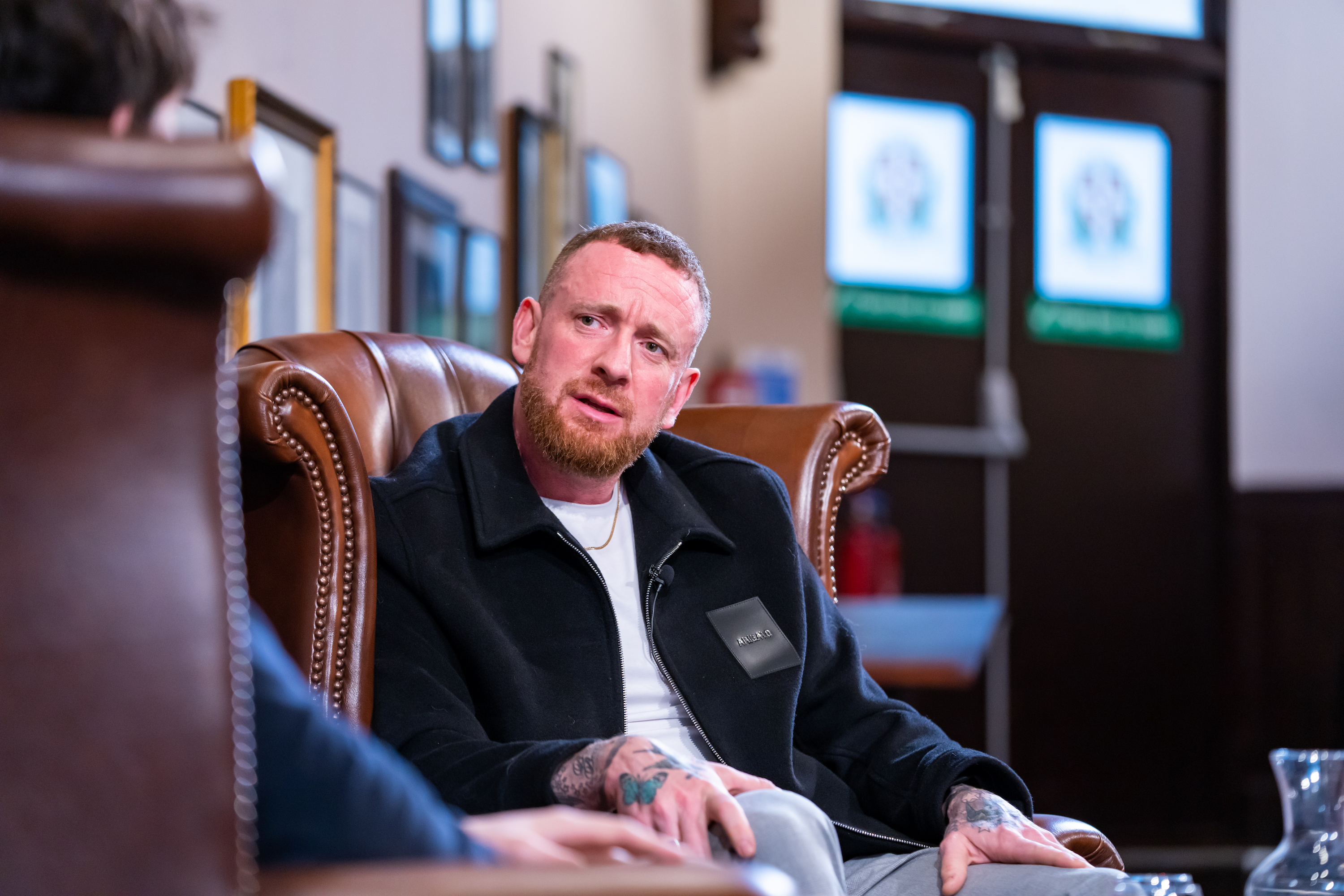 Bradley Wiggins joins Lance Armstrong for Tour de France podcast
Bradley Wiggins joins Lance Armstrong for Tour de France podcastThe former Tour de France winner will be appearing on The Move for the next week
By Adam Becket
-
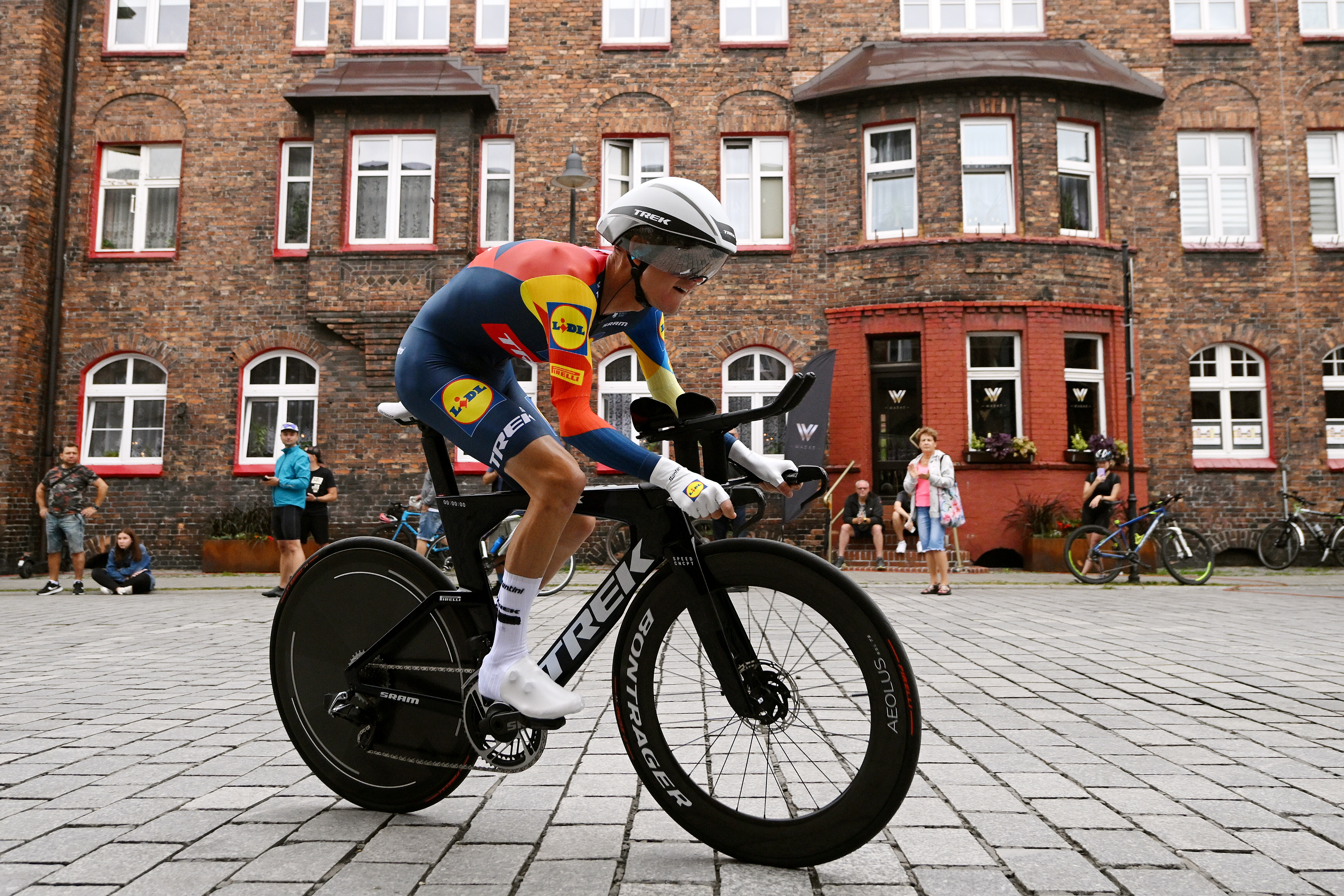 Steroids found in pro cyclist’s anti-doping test sample
Steroids found in pro cyclist’s anti-doping test sampleAntwan Tolhoek has been provisionally suspended by the UCI while proceedings are ongoing
By Tom Davidson
-
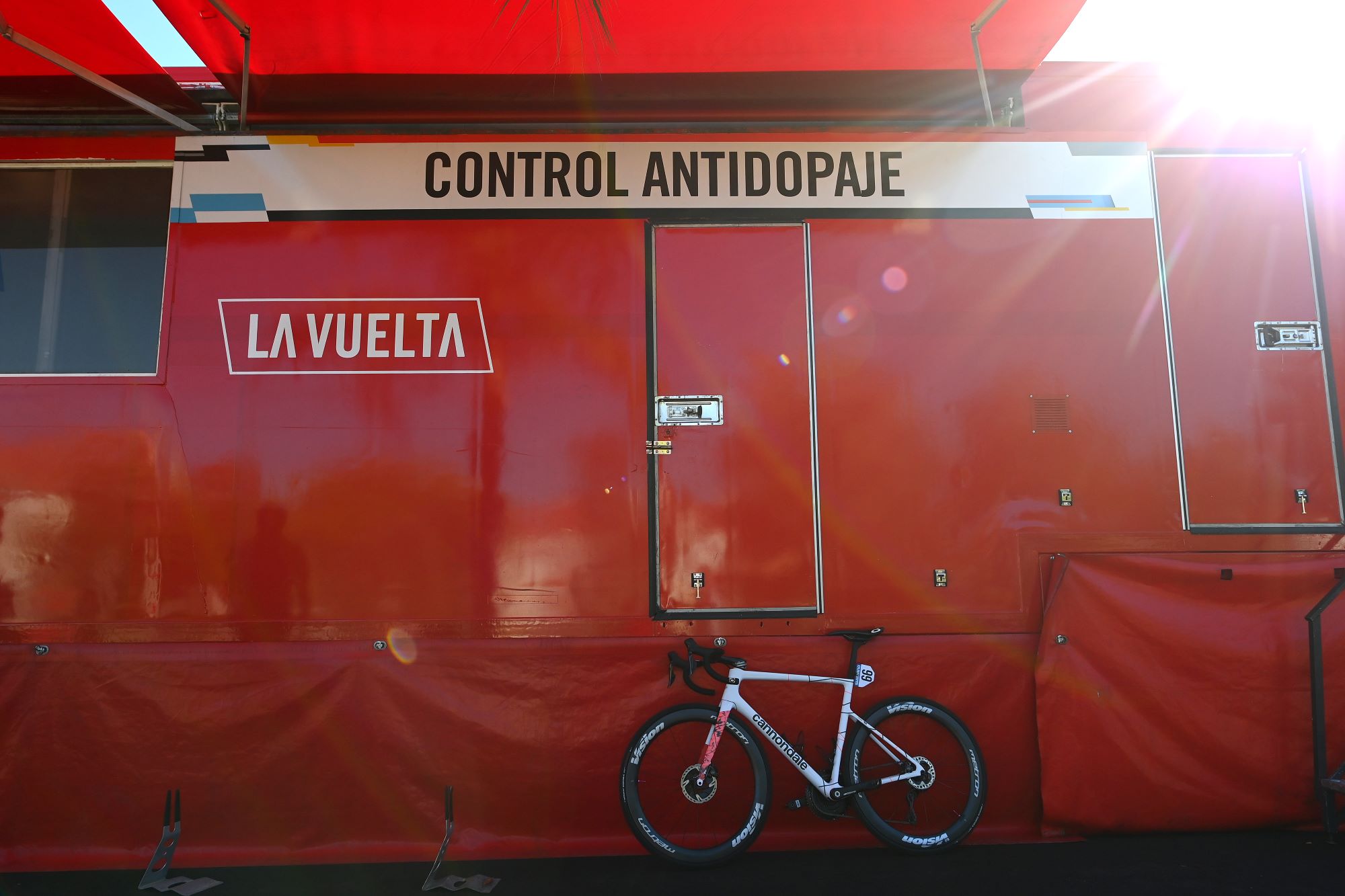 Anti-doping investigation reveals riders could still be manipulating the system to avoid detection
Anti-doping investigation reveals riders could still be manipulating the system to avoid detectionFull report from Operación Ilex reveals that lack of overnight and weekend lab testing in Spain makes performance enhancing drugs increasingly difficult to detect
By Tom Thewlis
-
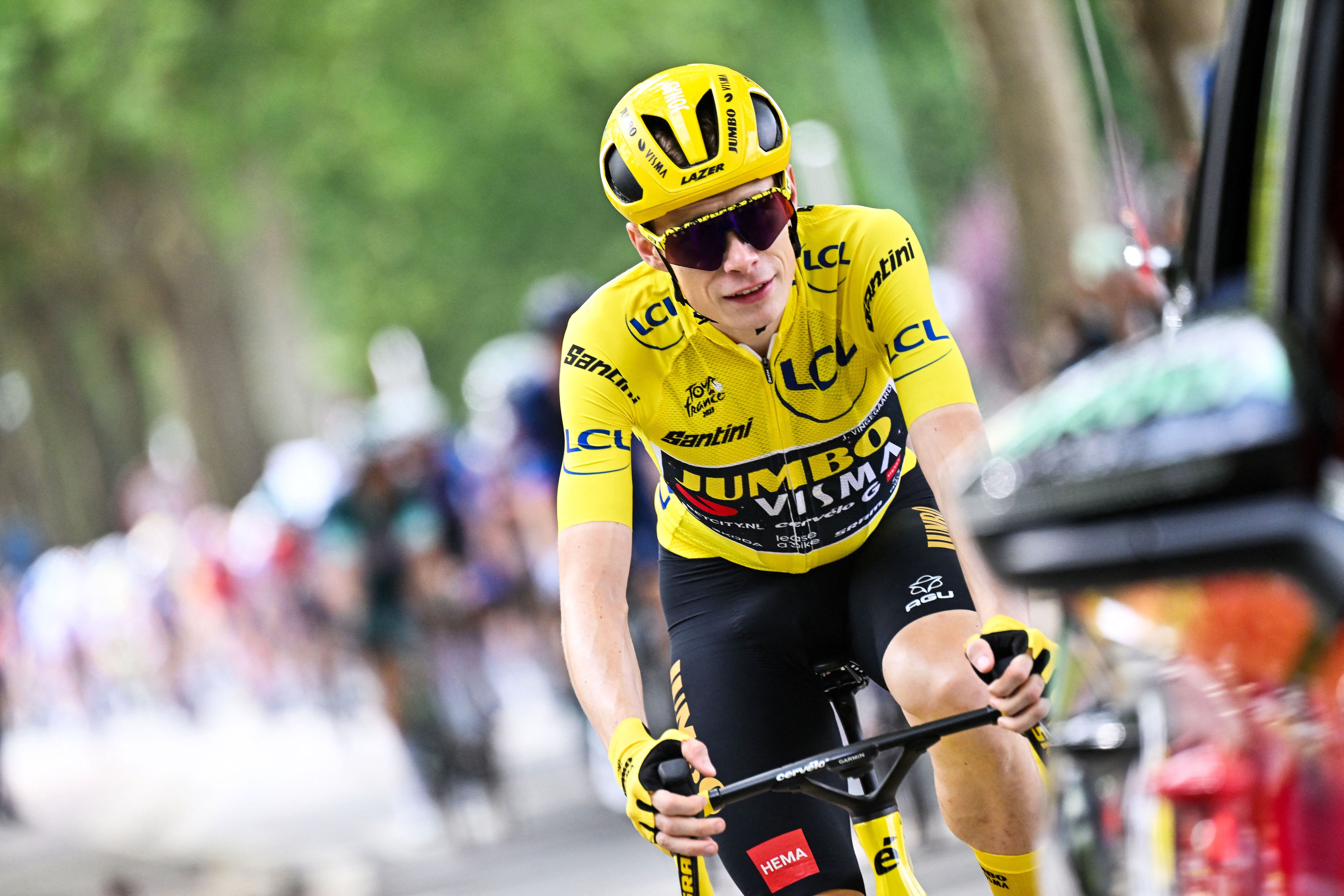 Jonas Vingegaard reveals he missed an anti-doping test
Jonas Vingegaard reveals he missed an anti-doping test'It's not great to have a missed test hanging over you,' says Tour de France champion
By Tom Davidson
-
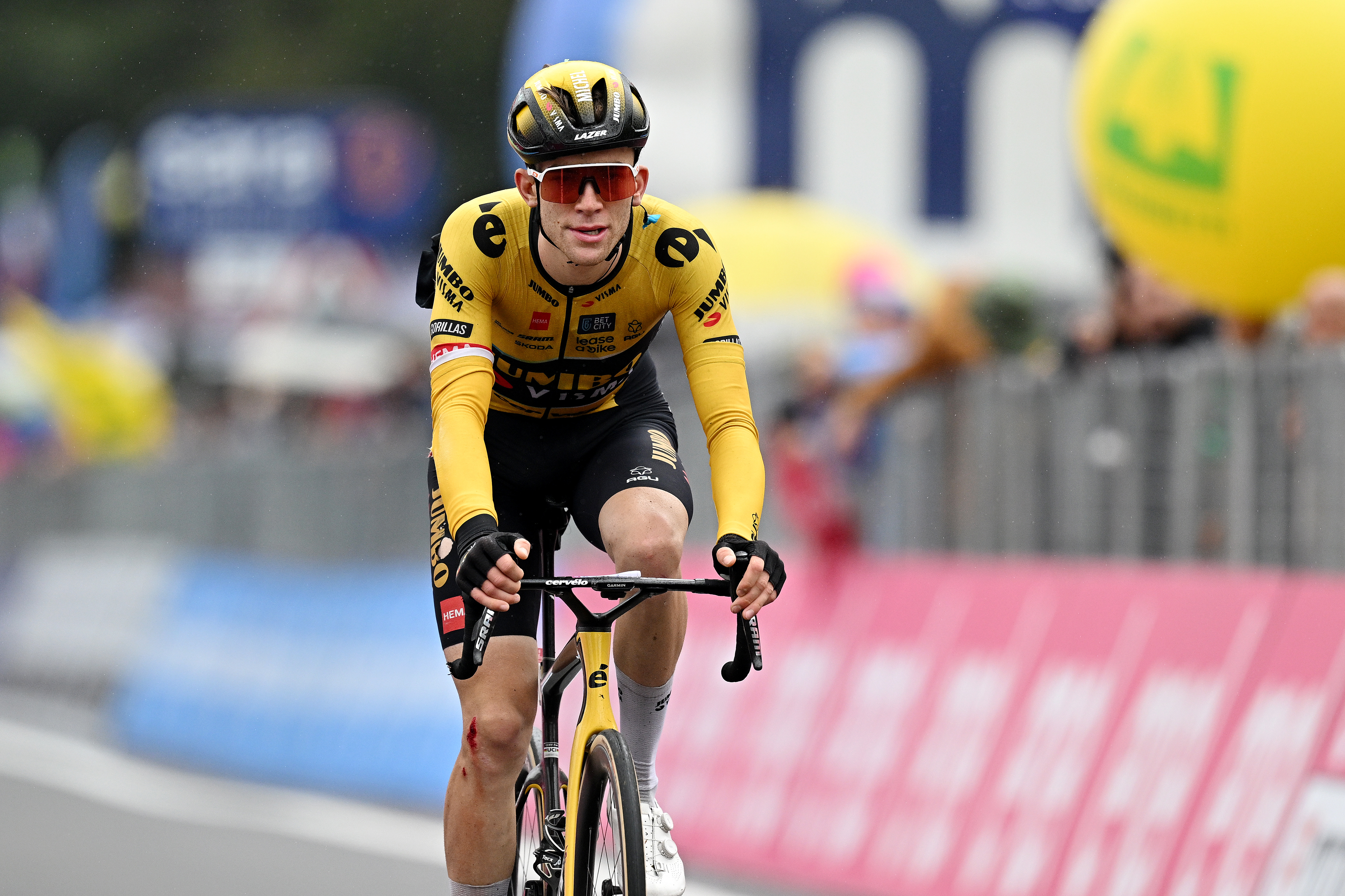 Jumbo-Visma rider Michel Hessmann suspended after positive anti-doping test
Jumbo-Visma rider Michel Hessmann suspended after positive anti-doping testThe 22-year-old's out-of-competition sample detected the presence of diuretics
By Tom Davidson
-
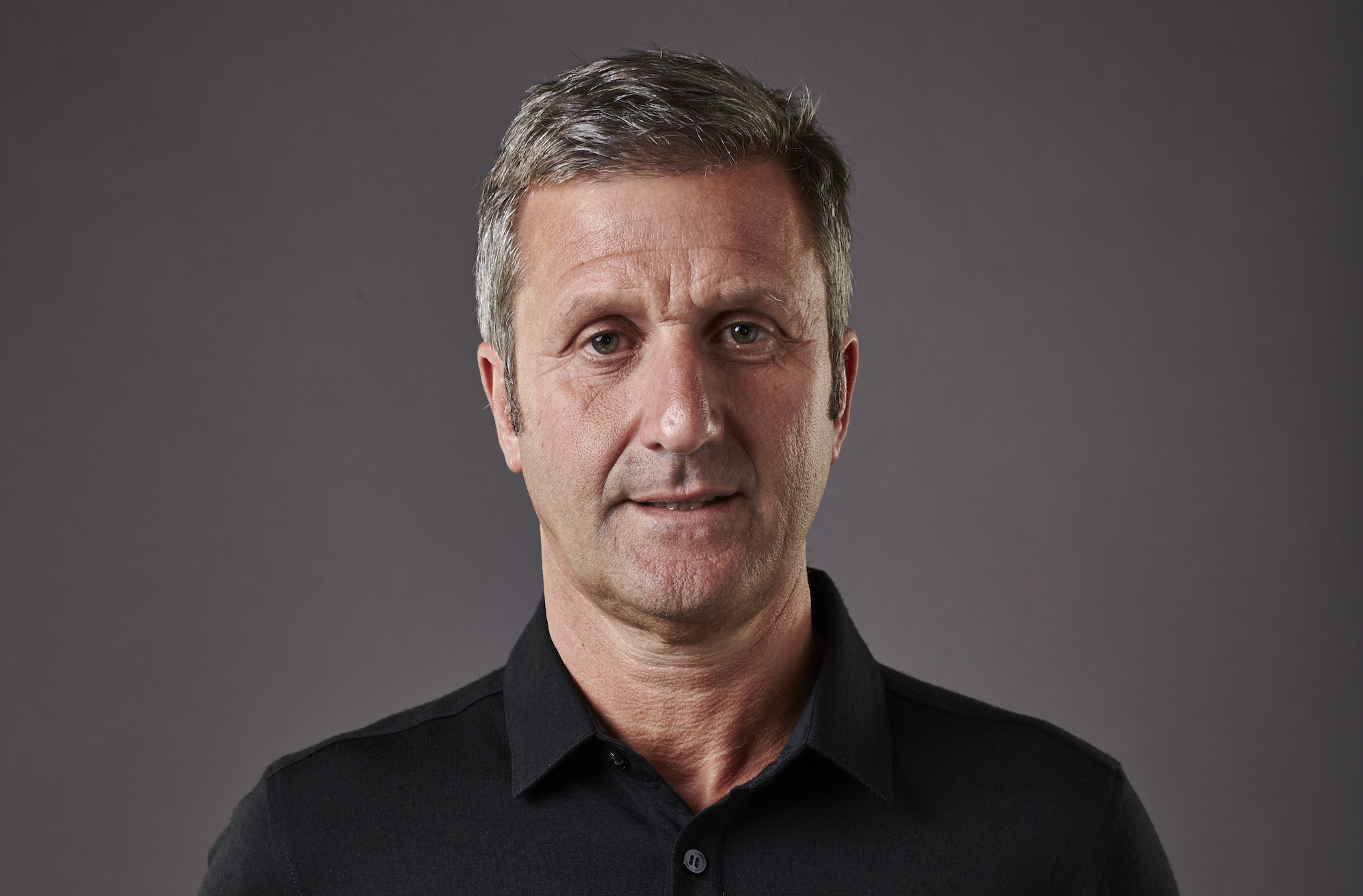 Former British Cycling doctor Richard Freeman given four-year doping ban
Former British Cycling doctor Richard Freeman given four-year doping banFreeman chose not to defend himself before the anti-doping panel
By Tom Davidson